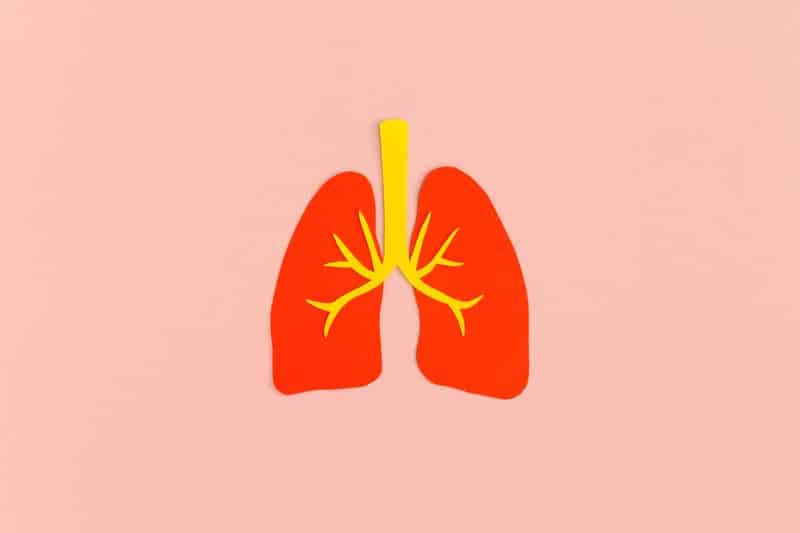Acute-Respiratory Distress Syndrome

Acute-respiratory distress syndrome—commonly referred to as ARDS—is a severe condition that tends to lower blood oxygen. Those who develop this condition tend to do so due to an injury or illness. In ARDS, the small air sacs inside the lungs build up with fluid, and the surfactant breaks down. The surfactant is the foamy substance created by the body to ensure that the lungs remain fully expanded so you can breathe properly. However, the build-up of fluid and insufficient surfactant due to the condition keeps your lungs from moving oxygen throughout your body and filling up with air.
ARDS could develop over time or immediately get worse. Typically, the first symptom is dyspnea or breathlessness. Other symptoms are rapid breathing, lowered blood oxygen, pulmonary edema, and rattling or bubbling sounds when breathing. The condition can also develop regardless of age. And to diagnose it, healthcare providers generally do physical exams, review the patient’s medical history, measure the oxygen levels of the blood, and order x-rays of the chest. ARDS must be treated quickly to prevent any life-threatening complications, like organ failure and damage.










